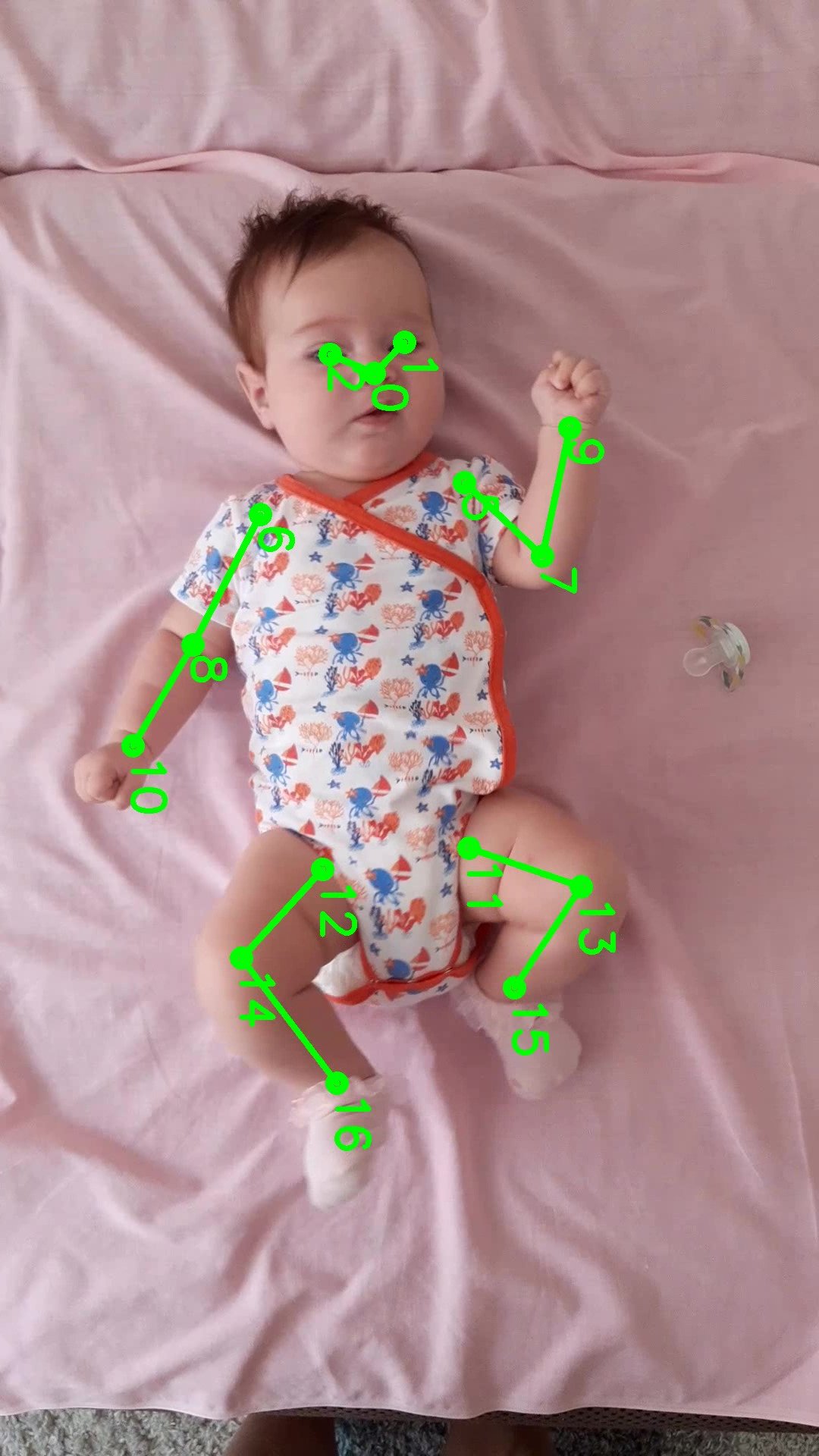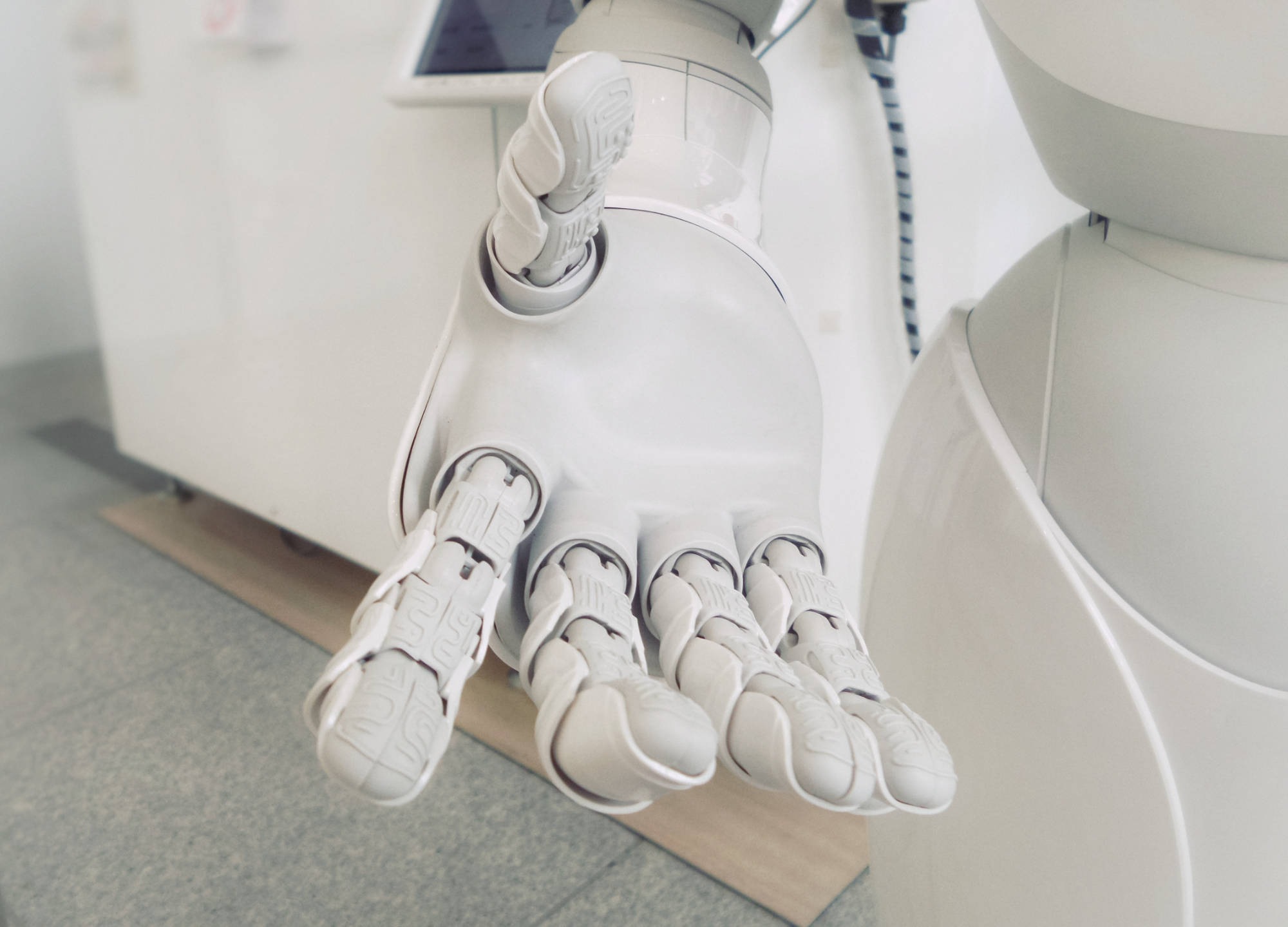AI In Healthcare
25 February 2022
What is Artificial Intelligence (AI) ?
According to IBM, “Artificial intelligence leverages computers and machines to mimic the problem-solving and decision-making capabilities of the human mind.”
It’s sometimes split into Weak/Narrow AI vs Strong AI. The former being Artificial Narrow Intelligence and representing what we see today. Typically it is trained or focussed to perform specific tasks and includes Siri, Alexa and Watson. Strong AI is theoretical right now and whilst it's an exciting future, human equivalent AI does not yet exist.
Current and near future Healthcare AI is based mainly on machine learning or sometimes its subset, deep learning - the two are not the same:
- Machine learning - uses algorithms to parse data, learn from that data, and make informed decisions based on what it has learned
- Deep learning - (a subfield of machine learning) structures algorithms in layers to create an "artificial neural network” which can learn and make intelligent decisions on its own
With increasing amounts, types, speeds and complexities of data, the need for Advanced data handling techniques is growing in order to best support decision makers, citizens and innovators. In the Health and Life Sciences Sector, these techniques are already being employed in settings from diagnostics and treatment planning to providing insights. With all tools there is need to consider a holistic approach to ensure that with new technologies comes training, culture change and pathway transformation, so that it becomes the best tool for the job, adding value to the patient journey and supporting the clinical team. At STFC, the team at the Hartree Centre have collaborated with a number of health organisations to see how data technologies can unlock new insights from pathway management to disease mapping #HealthTec NW
Dr Phil Carvil, Cluster Development Manager UKRI-STFC
AI in Medicine
Categories & Examples of Medical AI
Healthcare is a large and complex field. Let's break it up into some more manageable categories:
Healthy Living / Consumer
There is little stopping consumers from buying and using healthy living services and products and the proliferation in this area shows. Everything from Diets to Step Counters. AI is already crunching the numbers being gathered by your smartwatch, gym app and the burgeoning category of IoT sensor products. That bluetooth dental product you just bought might not look like it’s part of the AI revolution, but your brushing habits are feeding the machine learning algorithms. Whilst consumer AI, may not be entirely unregulated, it’s far less stringently controlled than the Medical Devices category, for example.
One Drop health are doing interesting things with patient managed Diabetes.
Decision Making & Clinical Decision Support (CDS)
Many AI developers, at least in the near term, are steering a course for the Decision Support Category, mainly because it's a good strategy. Stopping short of putting AI in the “Driving Seat” allows a much simpler and less stringent regulatory burden. Leaving the Clinician in control is desirable and the benefits of augmenting their ability to make better decisions are obvious.
“AI can augment the clinician's capability to collect, understand and make inferences on an overwhelming volume of patient data to reach the optimal clinical decision. Advancements in medical image analysis, such as Radiomics, and data computation, such as machine learning, have expanded our understanding of disease processes and their management. “ Shaikh et al
Diagnosis / Diagnostics and Early Detection
There’s much to like about an “extra set of eyes” for diagnostic clinicians for example. Put the case that radiologists are less likely to miss cancers in medical imaging if the ever watchful AI suggests they look twice at an image. Medical Imaging diagnostic AI / Machine Learning is a very promising area with a comparatively busy innovation and funding stream. Even with Narrow AI, the capabilities of Machine Learning to apply the experience of very large datasets to very noisy data and find coherent diagnostic signals is strong.
Viz.ai has offerings in Large Vessel Occlusions, Intracranial Hemorrhage, Aortic Disease, Ischemic Stroke amongst others.
Buoy Health used chatbots to diagnose.
SENDD pioneers early detection of potential neurodevelopmental disorders in infants, using AI Computer vision.

Croatian tech business, TIS created a system for early detection of potential neurodevelopmental disorders in infants which works by assessing the quality of spontaneous movements in early infancy.
SENDD can "look" at a video of a child and indicate with a high degree of accuracy whether the infant is at risk of neuropathological conditions such as cerebral palsy. This can be highly automated and support decisions for clinicians.
The system is os AI computer vision based and recognises children's poses, using trained neural networks for assessing the quality of movement, which follow medically proven methods and classification of spontaneous movement quality assessment according to prof. M. Hadders-Algra, MD, PhD.
Patient Flow, Workforce and Triage
Prioritizing treatment more effectively can improve outcomes at scale. Interesting examples of novel AI assisted triage tools are already in play and were used during COVID near Hubei province to provide an optimized strategy for the early identification of S-COVID-19-P in fever clinics.
If you haven't heard of Babylon, you should have. They're using AI and other innovations to turn access to clinicians upside down. Babylon combines their AI platform and apps with remote , human clinicians. The AI receives data about symptoms and compares this information to a database of known conditions to find possible matches, then identify a course of action and related risk factors. People can use the "Ask Babylon" feature to inquire about their medical concerns to get an initial understanding of what they might be dealing with, but this service is not intended to replace the expertise of a doctor or be used in a medical emergency.
Olive is using AI to automate repetitive workforce admin tasks and Qventus prioritises patients based on need. Google DeepMind Health alerts doctors when a patient deteriorates and can even help in the diagnosis of ailments by combining its massive dataset for comparable symptoms. By collecting symptoms of a patient and inputting them into the DeepMind platform, doctors can diagnose quickly and more effectively.
Johns Hopkins Hospital recently announced a partnership with GE to use predictive AI techniques to improve the efficiency of patient operational flow. A task force, augmented with artificial intelligence, quickly prioritized hospital activity for the benefit of all patients. Since implementing the program, the facility has seen a 60% improvement in its ability to admit patients and a 21% increase in patient discharges before noon, resulting in a faster, more positive patient experience.
Training
Less obvious than some of the previous categories, AI contributing to training our clinicians is an interesting possibility.
The doubling time of medical knowledge is merely 73 days today compared to 50 years in 1950 [Densen] Medical students would need to study >29 h every weekday to keep up with the primary care literature [Alper et al.]
Just this rate of change is forcing a dramatic rethink of clinical educational culture. S.Kundu suggests this will affect clinicians in the way that general automation affected pilots, with Fly By Wire mitigating control inputs which pass through software before reaching the control surfaces of the aircraft.
Robotic end of life care
Palliative care is a difficult area and the application of non human intelligence or robot assistance is ethically challenging. Those challenges are beyond the article, but it’s likely that developments will move into this area.
 “By 2050, the number of people in the world aged over 60 is projected to reach two billion. The population aging the most quickly is Japan, a country expecting to face a shortage of at least 380,000 caregivers for the elderly by 2025. Japan’s contingency plan, which the rest of the world eagerly monitors, is to develop artificial intelligence (AI) capable of revolutionizing end of life care. In 2009, Japanese Ministry of Trade and Industry official Motoki Korenaga told L’Agence France-Presse that “Japan wants to become an advanced country in the area of addressing the aging society with the use of robots.” In 2013 one-third of the nation’s budget was allocated to the development of AI “carebots”—robots designed to assist, monitor, and even offer companionship to the sick, the elderly, and more pointedly, the dying.” Nuvo Magazine.
“By 2050, the number of people in the world aged over 60 is projected to reach two billion. The population aging the most quickly is Japan, a country expecting to face a shortage of at least 380,000 caregivers for the elderly by 2025. Japan’s contingency plan, which the rest of the world eagerly monitors, is to develop artificial intelligence (AI) capable of revolutionizing end of life care. In 2009, Japanese Ministry of Trade and Industry official Motoki Korenaga told L’Agence France-Presse that “Japan wants to become an advanced country in the area of addressing the aging society with the use of robots.” In 2013 one-third of the nation’s budget was allocated to the development of AI “carebots”—robots designed to assist, monitor, and even offer companionship to the sick, the elderly, and more pointedly, the dying.” Nuvo Magazine.
Drug discovery & Screening
Drugs are expensive. One of the main reasons is the huge burden of screening candidate molecules in order to find the “needle in the haystack” magic molecule. This category has one of the best fits for early payoff for AI in medicine - it’s already happening at scale and the use cases are varied and exciting.
 Because drug discovery is predominantly in the private domain, and much of it, pre clinical, freedom to operate far exceeds that in the clinical world. Here’s a taste of what’s already happening:
Because drug discovery is predominantly in the private domain, and much of it, pre clinical, freedom to operate far exceeds that in the clinical world. Here’s a taste of what’s already happening:
BioXcel uses AI to optimise screening
Iktos and Almirall - generative modeling to design novel optimized compounds and speed identification of promising drug candidates
AstraZeneca and DeepMatter - AI driven compound synthesis
Astrazeneca and Schroedinger - physics based modeling
Bayer - Bispeciffic small molecule immuno-oncology therapies
Pfizer and Cytoreason - biomarker identification / Pfizer specific immune system modelling
This is a handful, publicly announced - there are many, many more. Pharma has deep pockets, much to gain or lose and a high degree of freedom to operate.
Trends and Direction of Travel
These examples and categories barely scratch the surface of what is currently in the public domain, much of the research being private commercial in confidence or even defense led. Whether we like it or not, the AI cat is out of the bag and we are moving rapidly, with very strong economic incentive towards ubiquitous AI. Human Level Machine Intelligence may still be some way off, it looms as a landmark on the horizon, beyond it - Machine Superintelligence, covered by Nick Bostrum in his excellent book, Superintelligence, Paths, Dangers, Strategies.
Platforms such as AI Platform, Products & Tools - Microsoft AI, Machine Learning for Healthcare & Life Sciences | Amazon Web Services and Tools – Google AI are commoditising AI as a service, accelerating progress, reducing friction and driving adoption of AI.
Ethics of Medical AI
Many of the examples above have clear and obvious benefits to patients and to healthcare systems but what of the problems? The ethics of AI in general are one of the greatest ethical challenges ahead.
As a centre for excellence in Neurosciences, we are exploring where AI can make a positive difference to the care of patients. New approaches have the potential to improve care, but there are important questions to be asked around the safety of approaches if human input is reduced and we need to make sure that technologies do not exacerbate health inequalities, which already impact many of the communities that we serve.”
Dr Abhijit Das (Consultant Neurologist) and Dr Andrew Rose (Head of Commercial Engagement) at the Walton Centre NHS Foundation Trust
Healthcare, medical devices and data protection are highly regulated, therefore the incredible opportunities to improve health, care and outcomes through AI can only be realised if legal and ethical requirements are met. Trust in AI by clinicians and patients alike is also key and easily undermined. Hence it is essential that developers consider not only what AI can do, but how it can be deployed in a safe, legal and accountable way. A clear compliance strategy, which influences design from the outset, is therefore essential to the successful development, commercialisation and deployment of AI in healthcare.
Richard Parker, Legal Director, Hill Dickinson LLP
It’s a deep and difficult subject, but here are a handful of troubling questions:
Should non-human intelligence make decisions about human life?
- How is human life to be valued?
- Resources are limited, how are they to be distributed?
- Are the decisions fair?
- Who defines fair?
Although far fetched in the current day, what happens when Human Level Machine Intelligence manifests? Does this intelligence have rights?
There’s already effort and some progress being made in the area of AI ethics. https://www.gov.uk/guidance/understanding-artificial-intelligence-ethics-and-safety.
Rolls Royce has developed and now open sourced its own AI Ethics framework.
Proliferation of early AI is happening. Whether Application of ethics keeps pace remains to be seen.
By Philip Blything
You're free (and encouraged!) to copy link or redistribute this article in whole or in part - please credit the author with a link to this page.
REFERENCES: https://www.ibm.com/cloud/learn/what-is-artificial-intelligence

